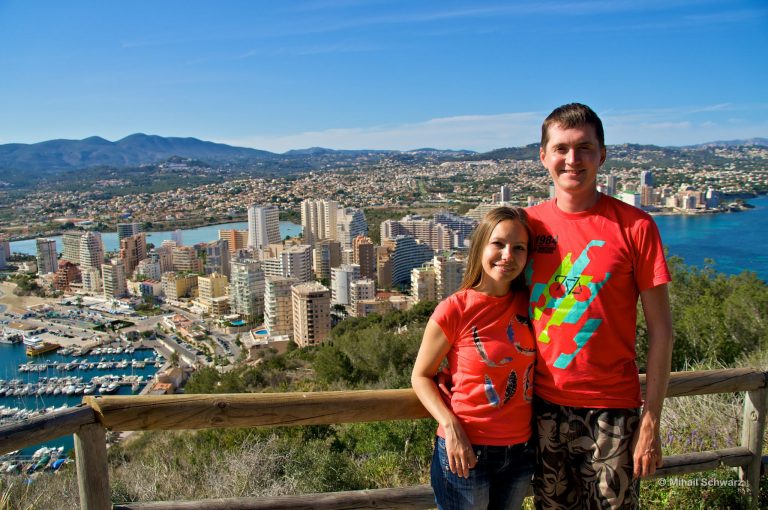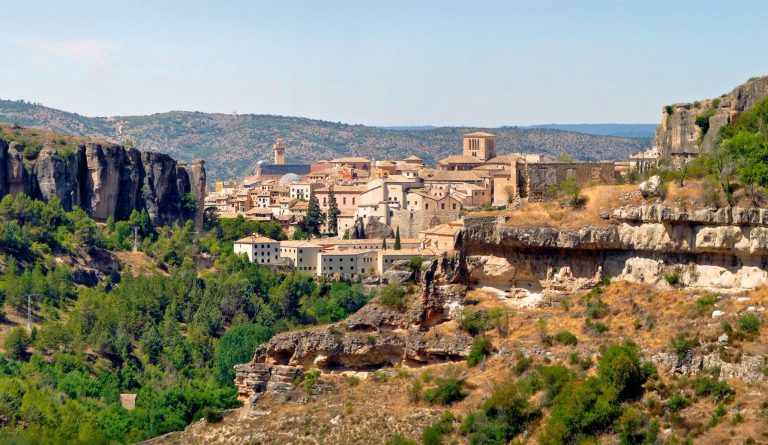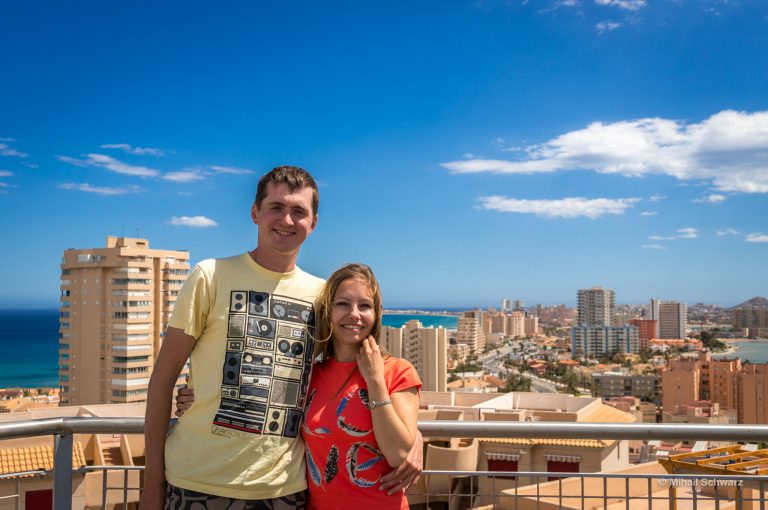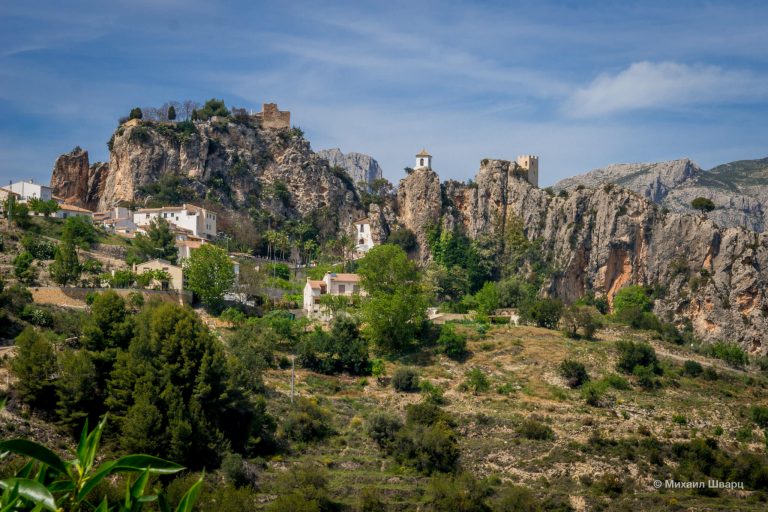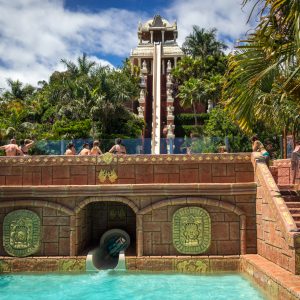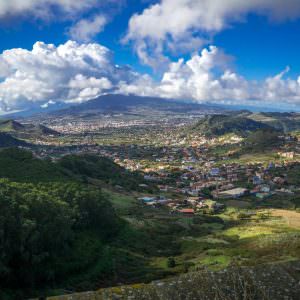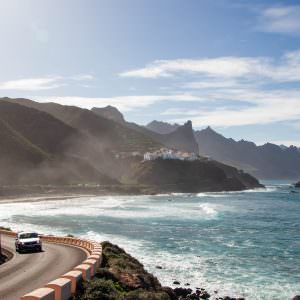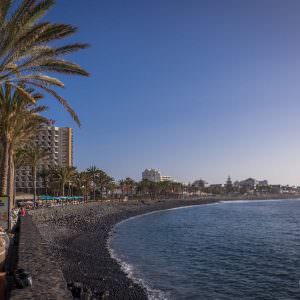Calpe is a beautiful resort town with a measured rhythm of life. It has a population of about 30,000 inhabitants, which increases to 200,000 annually during the holiday season. The town originated on the site of a fishing village. Fishing is still thriving in Calpe and brings substantial income to the locals. The town’s port is home to a renowned fish exchange, and local restaurants attract seafood lovers from all over the Costa Blanca. The seafood and traditional Spanish horchata are wonderfully cooked here.
History
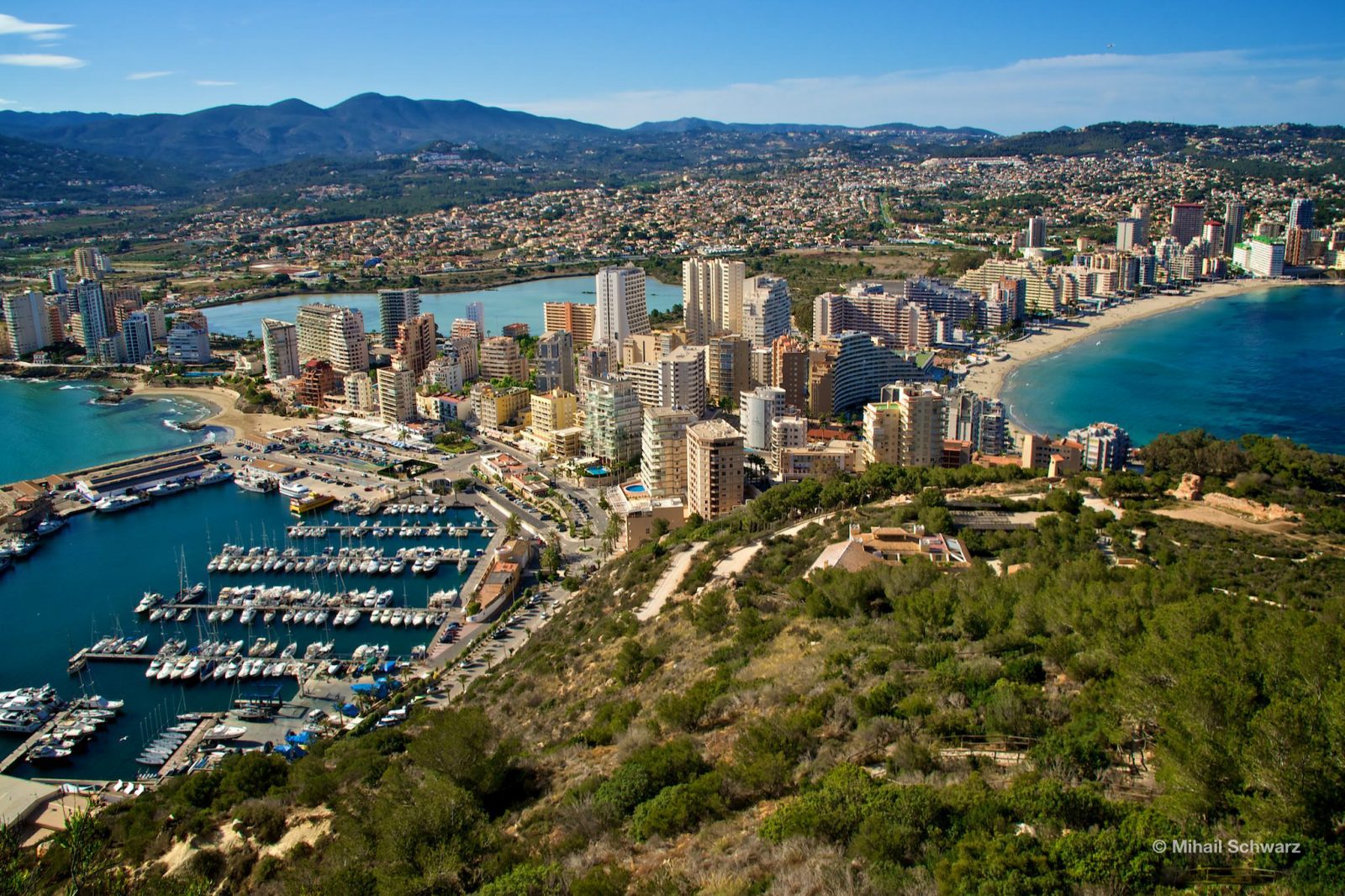
The history of Calpe begins in the Bronze Age. The ancient Iberians, the Phoenicians and the Romans left their footprints on this land. In the Middle Ages, the Moors and Christians peacefully coexisted here. In the XIV-XVII centuries, the local population bravely repelled the attacks of African pirates. When the pirate attacks ceased, Calpe began to actively develop international tourism.
Beaches
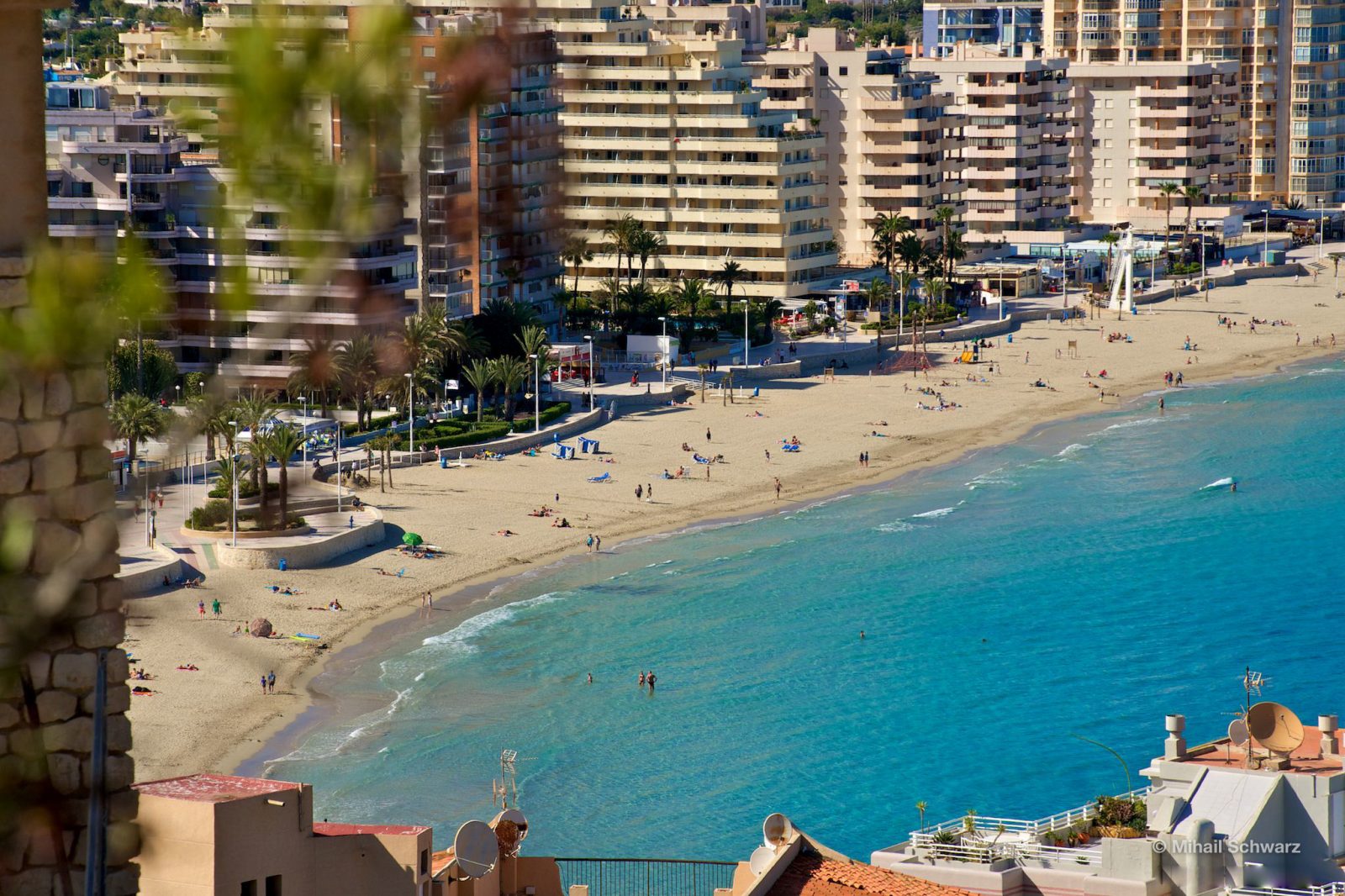
The beach area of Calpe is more than 11 km long, of which 3 km are sandy beaches. The best beach areas are Playa del Cantal Roig and Playa del Arenal-Bol. The coastal strips here are long and wide, perfectly landscaped. For a quiet holiday you can choose one of the quiet bays – Racó, Penyal, Morelló. Most beaches in the resort of Calpe are marked by the “Blue Flag”.
Attractions
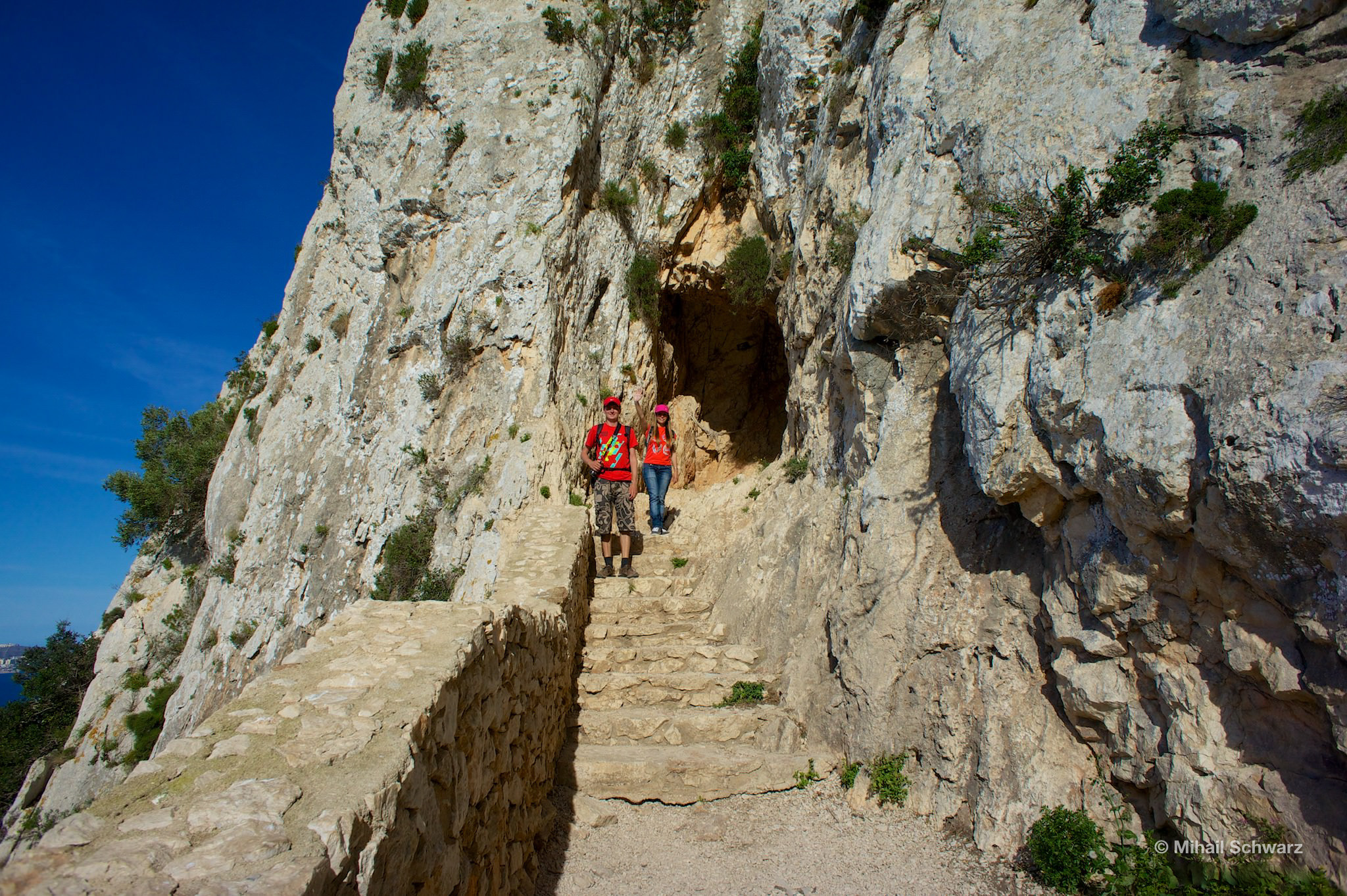
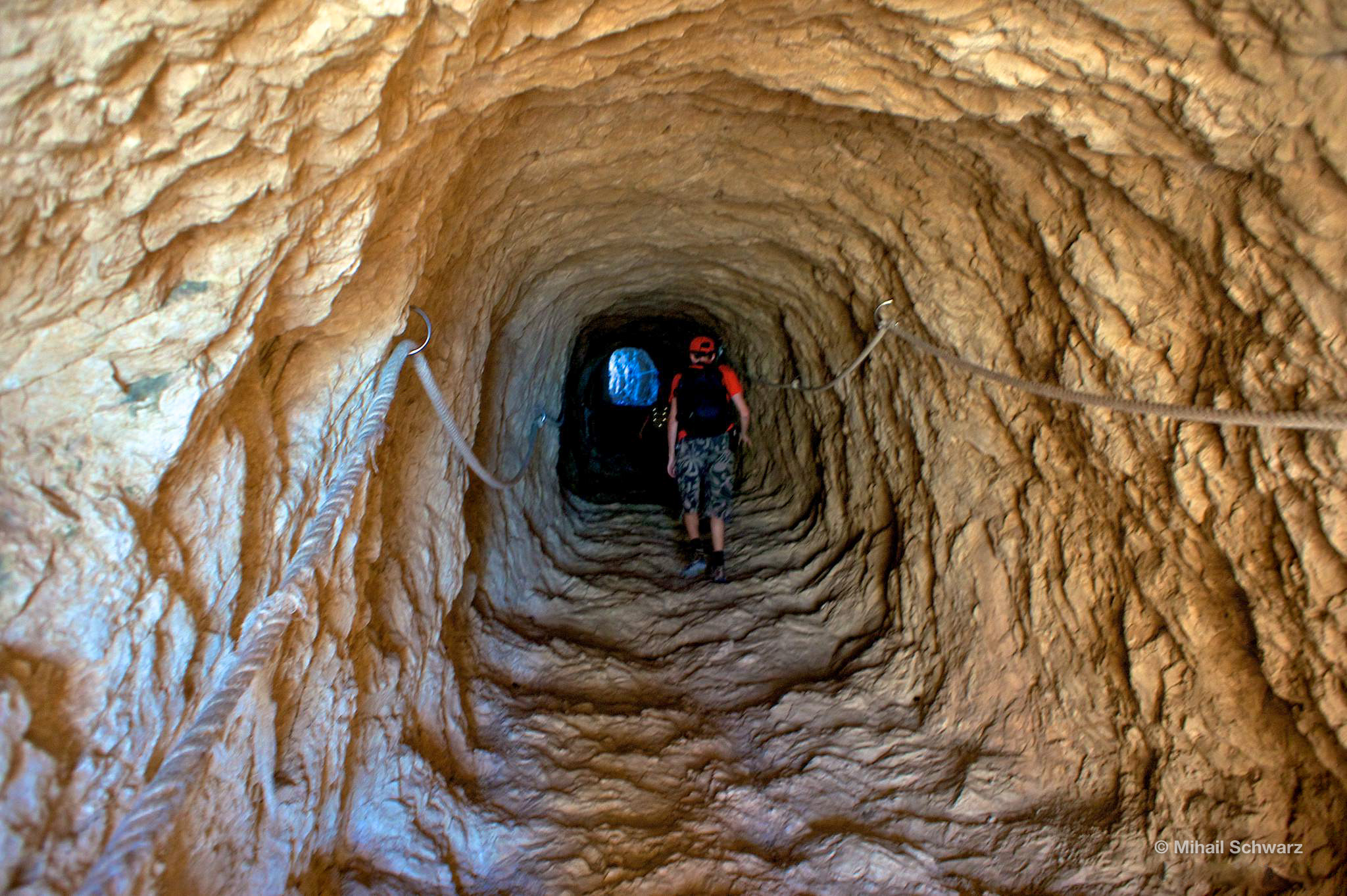
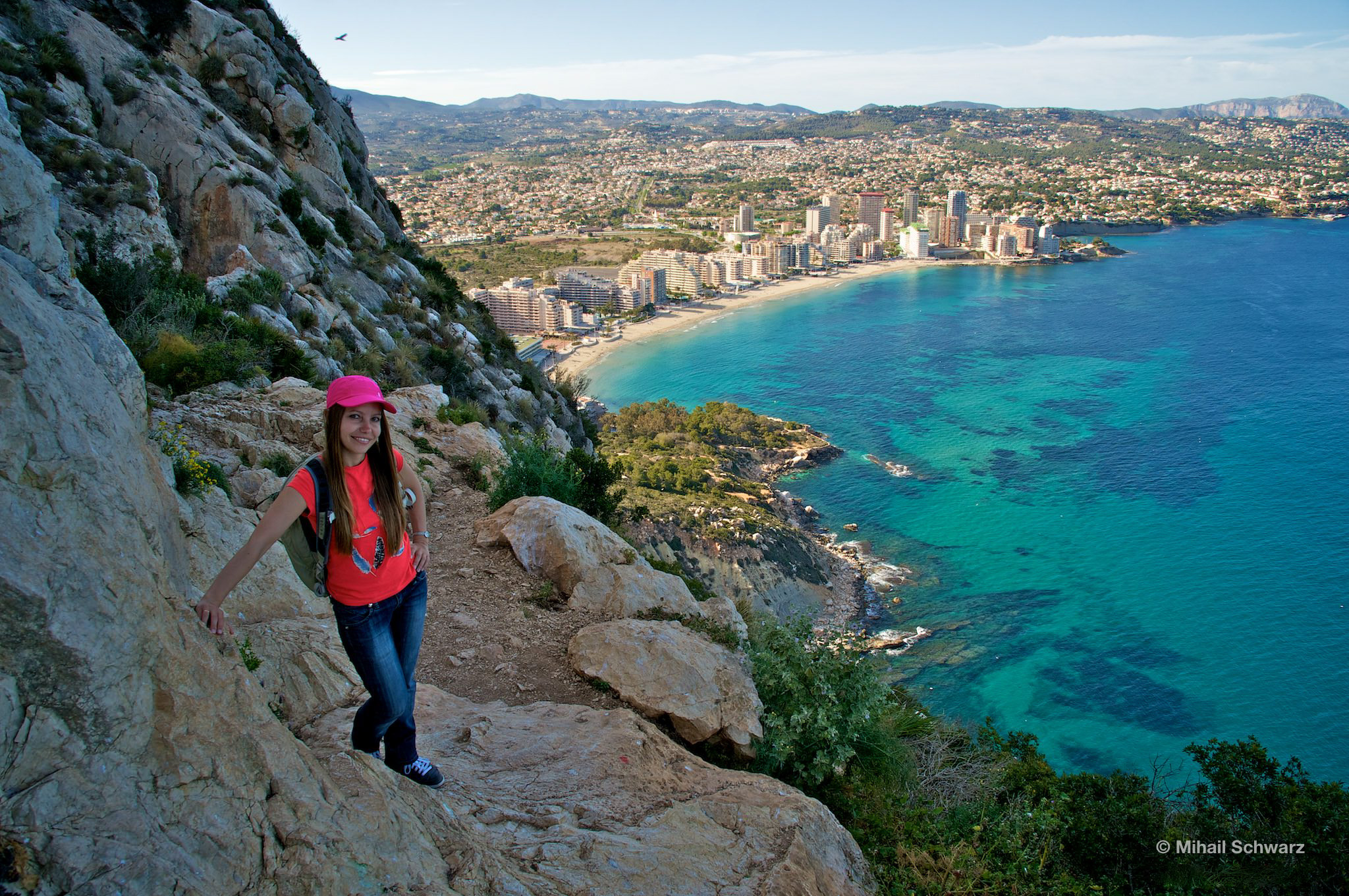
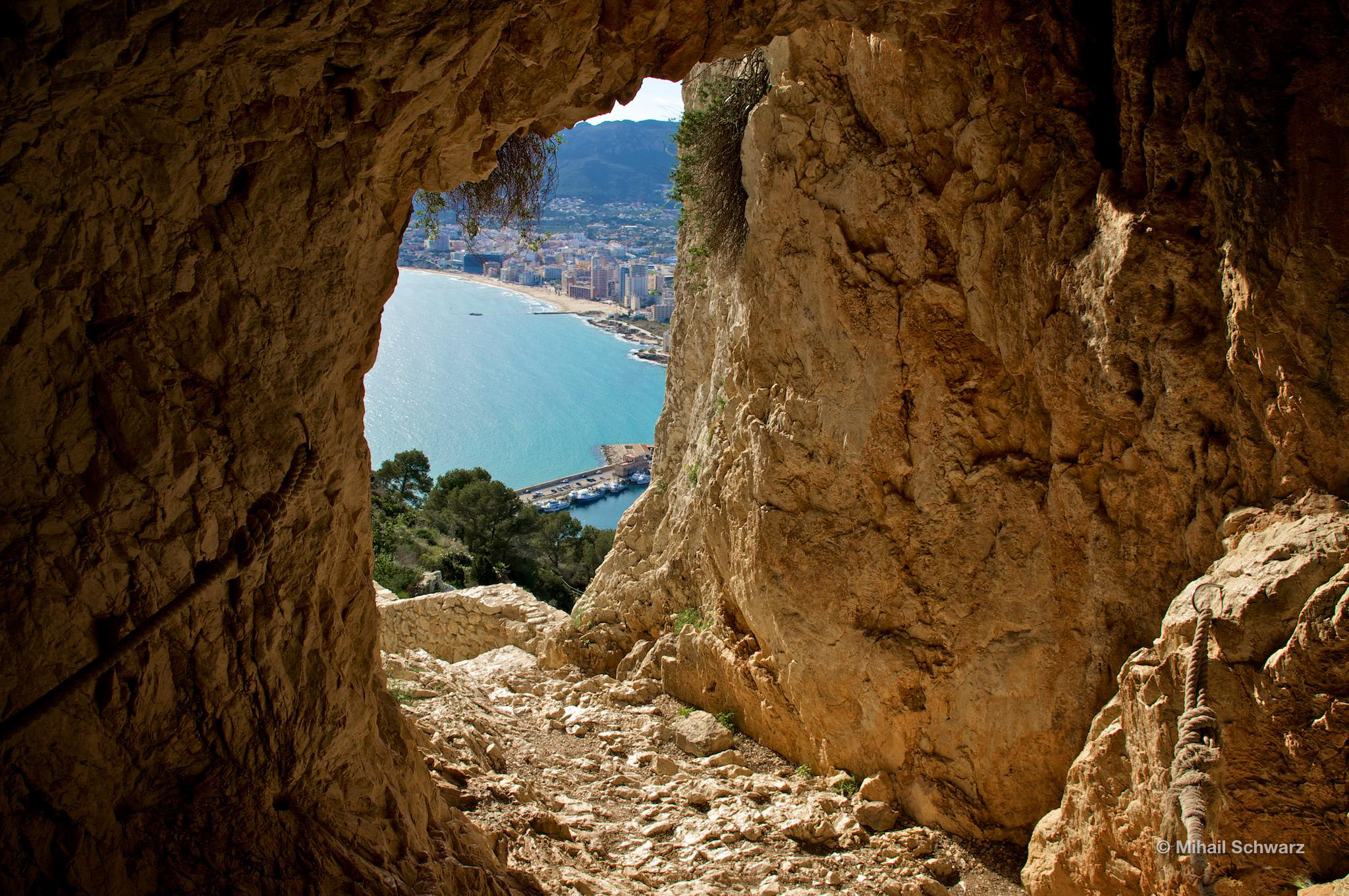
The granite colossus of the Peñón de Ifach hangs monumentally over the town. This rock is considered the main symbol of Calpe. Archaeological investigations are underway at its base, and an observation deck is built at the top. The rock has the status of a natural reserve with 300 species of plants growing on its slopes. On the salt lake (Las Salinas) near Cape Ifach, pink flamingos arrive. The ancient Roman site of Calpe is the Royal Baths (Baños de la Reina) in the coastal area. In the old center there are the remains of the city fortifications and a unique cathedral in the Moorish Gothic style La Iglesia Antigua. In the city there are several museums: Casa Cocó (ethnological museum), museums of festive costumes, archeology, collectibles, lithography. Here are engaged in sailing, fishing and diving, water skiing and windsurfing. Tourists in Calpe can play tennis, go rock climbing or golfing, go hiking, visit caves.
Events, Holidays, Activities
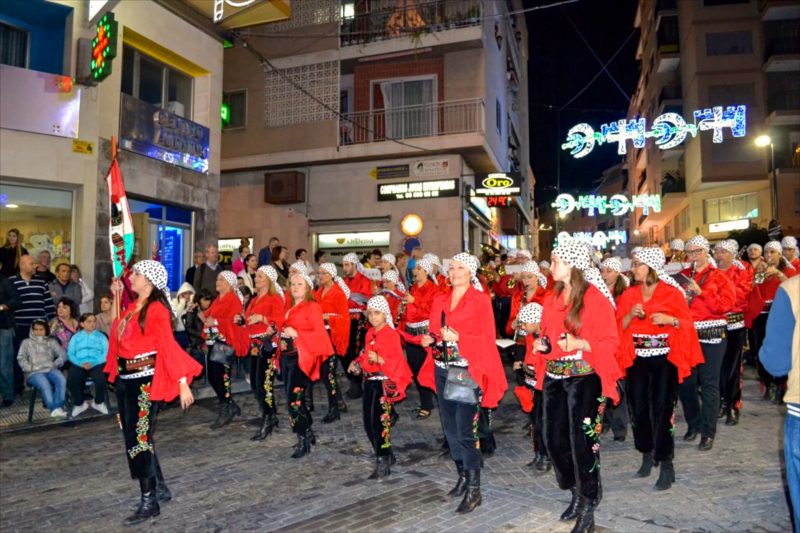
Calpe, like most cities in Spain, loves holidays. In January there is the day of the “Three Kings”. In the fall, the Carnival Club of Calpe organizes a beer Oktoberfest, a “copy” of the German holiday. In March there is the traditional Fallas, in October the historical festival “Moors and Christians”. In July, you can visit the Andalusia Fair and take part in the Fiesta dedicated to the Holy Virgin of Carmen. In August there is a colorful festival in honor of the Holy Virgin of Neves. The House of Culture of Calpe hosts famous Spanish musicians, concerts, musicals and exhibitions.
How To Get From Alicante To Calp
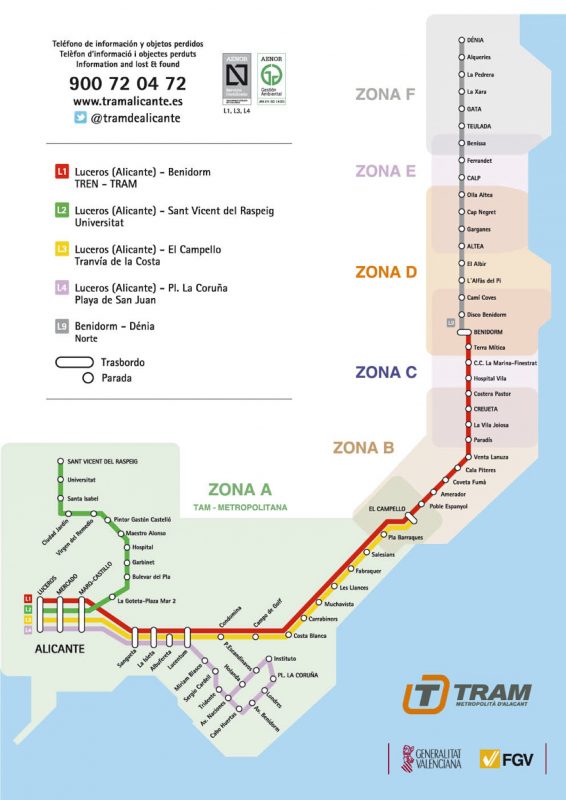
From Alicante to Calp you can take the streetcar train: at Alicante-Luceros station take the L1 to Benidorm station, then take the L9 to Calp station. Travel time is about 2 hours and the ticket price € 6,05.
There is also an ALSA bus from Alicante to Calp. The travel time is about 1.5-2 hours, the ticket price is € 7,25 one way.
How To Get From Valencia To Calp
From Valencia to Calp you can take an ALSA bus. The travel time is about 3 hours, the cost of the ticket one way € 13,55.

